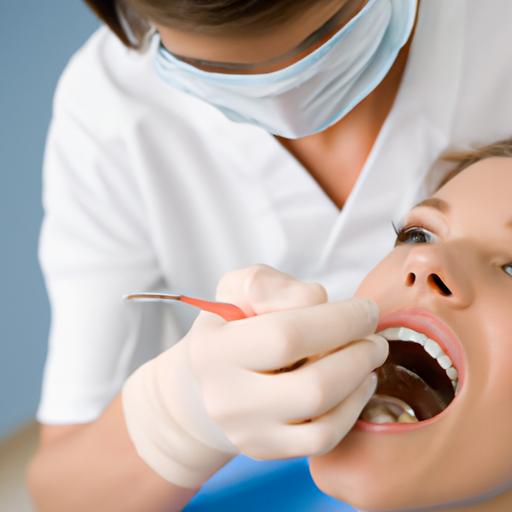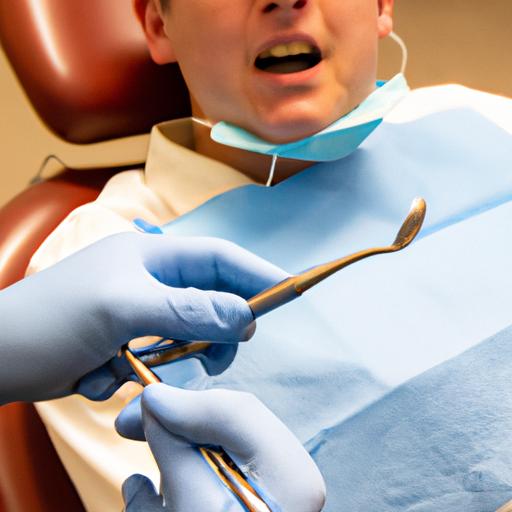
Learn everything you need to know about wisdom teeth removal extraction recovery. From preparation to aftercare, ensure a smooth healing process.
If you’ve ever experienced the discomfort of wisdom teeth, you know how crucial it is to undergo wisdom teeth removal extraction recovery. This dental procedure helps alleviate pain, prevent potential complications, and maintain oral health. In this comprehensive guide, we’ll walk you through the entire process—from preparing for the extraction to ensuring a smooth recovery.

Preparing for wisdom teeth removal
Preparing for Wisdom Teeth Removal
Before undergoing wisdom teeth removal, it’s essential to consult with a dentist or oral surgeon. This initial step allows your dental professional to evaluate your specific case and provide personalized recommendations. During the consultation, you can also discuss any concerns or questions you may have.
To prepare for the procedure, you’ll receive pre-operative instructions from your dental professional. These guidelines may include fasting requirements, medication restrictions, and advice on how to manage any existing medical conditions. Following these instructions diligently will help ensure a successful extraction.
Understanding the anesthesia options available is another crucial aspect of preparation. Your dentist or oral surgeon will discuss the various types of anesthesia, such as local anesthesia, sedation, or general anesthesia. Together, you can decide which option is most suitable for your specific needs and comfort level.
The Wisdom Teeth Removal Procedure
Once you’re prepared for the extraction, it’s time to understand what the procedure entails. Wisdom teeth removal is a common dental surgery that involves the careful extraction of the third molars, commonly known as wisdom teeth. While the complexity of the procedure may vary depending on individual cases, the following steps provide a general overview:
-
Anesthesia Administration: The dental professional will administer the chosen anesthesia to ensure a painless procedure. This step ensures your comfort throughout the surgery.
-
Tooth Exposure: If the wisdom tooth is impacted or covered by gum tissue, an incision may be made to expose the tooth fully. This allows the dentist or oral surgeon to access and remove the tooth effectively.
-
Tooth Removal: Using specialized instruments, the dental professional will gently remove the wisdom tooth. In some cases, the tooth may need to be sectioned into smaller pieces for easier extraction.
-
Tooth Socket Cleaning: Once the tooth is removed, the socket will be thoroughly cleaned to remove any debris or infected tissue. This promotes proper healing and reduces the risk of infection.
-
Stitching: In certain cases, dissolvable stitches may be used to close the incision. This helps in the healing process and prevents food particles from getting trapped in the area.
-
Post-Procedure Instructions: After the procedure, your dental professional will provide detailed post-operative instructions. These instructions typically include information on managing discomfort, swelling, and bleeding.
Recovery and Aftercare Tips
The recovery period after wisdom teeth removal is crucial for proper healing. By following these aftercare tips, you can ensure a smooth and comfortable recovery:
-
Pain Management: It’s common to experience some discomfort after the procedure. Your dental professional may prescribe pain medication or recommend over-the-counter pain relievers to manage any pain or swelling.
-
Cold Compresses: Applying cold compresses to the affected area can help reduce swelling and alleviate discomfort. Remember to wrap the ice pack in a cloth to prevent direct contact with the skin.
-
Dietary Considerations: Stick to a soft or liquid diet for the first few days following the procedure. Avoid hot, spicy, or crunchy foods that may irritate the extraction site. Gradually reintroduce solid foods as recommended by your dental professional.
-
Oral Hygiene: Maintaining proper oral hygiene is crucial during the recovery period. Gently brush your teeth, avoiding the extraction area, and rinse your mouth with a saltwater solution or prescribed mouthwash to keep the area clean.
-
Avoiding Activities: Refrain from engaging in strenuous activities, smoking, or using straws during the initial days of recovery. These activities can disrupt the blood clot formation and delay the healing process.
-
Follow-up Appointments: Attend all scheduled follow-up appointments with your dental professional to monitor the progress of your recovery. They will ensure that the healing process is on track and address any concerns you may have.
Remember, every individual’s recovery process may vary, so it’s essential to follow the specific instructions provided by your dental professional.
Conclusion
Wisdom teeth removal extraction recovery is a crucial process that requires careful preparation and diligent aftercare. By understanding the procedure, adequately preparing, and following the recommended recovery tips, you can ensure a smooth and successful healing process. If you’re scheduled for wisdom teeth removal, consult with your dental professional to address any concerns and receive personalized guidance. Remember, a healthy recovery leads to a healthier smile.







